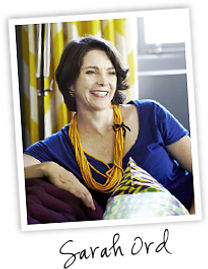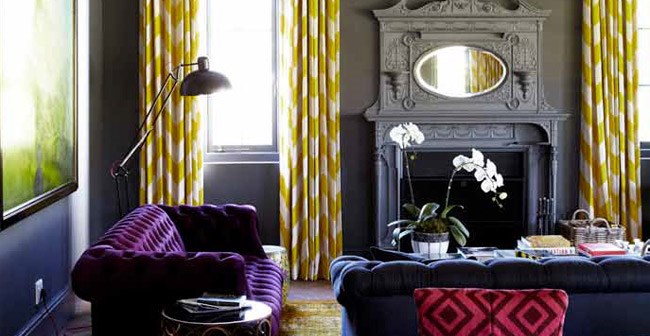How To Hire An Interior Designer

As told by one of the industry’s most esteemed interior designers

Working with an interior designer on a home improvement project can be both a time and money saver if you plan the collaboration carefully. You see, interior designers do more than pick pretty colours; they turn your home into a harmonious haven that's uniquely yours. They envision, plan and outfit spaces in a way that makes them beautiful and functional. But finding a designer that’s right for you can sometimes be a daunting process. That’s why we’ve asked Sarah Ord, owner and interior designer of Sarah Ord Interiors, to walk us through the interior design process from research phase to occupation.
Let’s get started. Say you’ve never hired an interior designer before and don’t know where to start. What are some good ways and places to begin researching potential interior designers?

Marcia Margolius’ SA Décor & Design is a full guide to all related décor and design trends and services, and can be extremely helpful when trying to find a space that speaks to you. Alternatively, you could also use word of mouth – ask friends, associates, or family who have worked with a designer for a recommendation. Interior design is a very hands-on and personal process as you need to allow someone into your home and be able to see first-hand how things are done and what other people’s experiences have been.
In this initial research phase, what criteria can you use to narrow down the hundreds of interior designers out there to the two or three that you want to consider?
-
Honesty – a talented designer should be able to tell you what is possible and what isn’t, rather than to over promise and under deliver.
-
Budget – if you are unsure about how much is realistic for your idea, ask the designer to help you determine an appropriate budget. Don’t go with the cheapest items, there is usually a reason why they are cheap!
-
Style – Personal rapport is very important in a client-designer relationship. Typical projects last several months or longer, so it is beneficial to have a good personal connection. Chat in person with the designer so you can get a feel for whether this is not only a competent project manager but also someone who appears to have their own style or flair. That is a talent!
What is the next step in the process? Is there an introductory meeting between the client and interior designer?
Yes, the initial meeting or brief is intended to give the designer as much information about the space as possible. Including your deadlines, budget constraints, looks you do like and what you DON’T like. Use images, pull outs from magazines, references to places you have seen, social media sites such as Pinterest, etc. etc.

Deciding to work together is like a first date, but without the butterflies. This is where the designer gets to know you and your desires so, what can you expect from this first meeting?
Be as clear and up front as possible. Ensure they are asking the right questions, listening carefully to what you have to say, recording the info received and re-confirming certain aspects. If this is done correctly, the sparks should be flying (so to speak) and there’s bound to be a second date ;)
What questions should a homeowner be asking the prospective designer at this point? Do you need to have anything prepared?
As mentioned already, give serious thought to how much you can afford as this will allow the designer to pitch in the right area – e.g. use entry-level fabrics in order to get a certain look without buying a pricey product. You don’t necessarily need to have gone to every shop and fabric house as this is what you are paying the designer for!

Each design project should begin once a client delivers the designer with a brief so, how important is it to know your budget at the outset of the project?
Crucial. Otherwise the designer should phase their approach and offer to put a detailed budget together for you so there are no surprises once you move onto the implementation phase. A designer generally always charges a client for this budget prep as it entails a lot of work and often results in a very useful exercise for all.
The first date was a success and the design courtship has begun but, where does the process go from there?
This is where the fun begins! Visiting stores, markets, and expos together. OR you could let the designer go away and do their thinking, perhaps sending imagery to bounce off of you in order to make sure you that you are both on the same page.
How many meetings does it take to finish a project?
I would say that it is not necessarily about the meetings. I have done entire projects without ever having met the client! It is about clear and concise communication channels such as Pinterest, Dropbox, Google Drive, and email. Communication is key!

Most Designers live for the Installation Phase! They get to see their ideas come to life and that smile on your face. But how involved are clients usually in the design process of their homes?
Best if they are not involved at all!! Haha
There are always going to be a few keepsakes that a client simply cannot bare to part with. Are designers usually OK with incorporating some existing pieces of furniture already in a client’s home?
Absolutely – this is testament to their respect for the client and to their talents as a designer to put a scheme together which incorporates these aspects.
What are a few of the advantages to working with an interior designer that might not be so obvious to homeowners?
-
Time saving.
-
Industry knowledge. We are constantly exposed to new products, reduced pricing, back-end wholesalers, etc.
-
Limits errors, Designers can see the project as a whole, incorporating each item to make sure it fits together, matches accordingly, can get through the door and will complement the overall scheme. To name but a few of the overall aspects.
-
Most people think it is easy to look at pretty fabrics and fluff cushions but that is about 4% of the actual job. Designers need to be efficient, strong and organised project managers.
-
You don’t pull your own teeth, do you?
